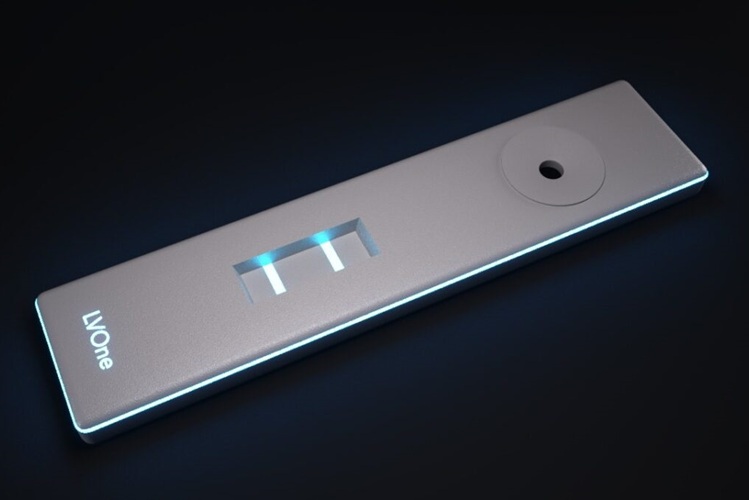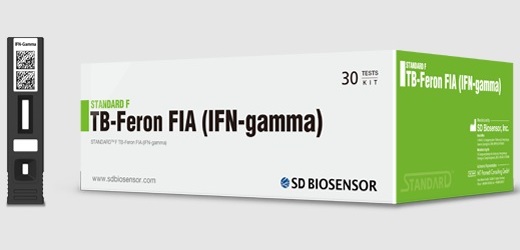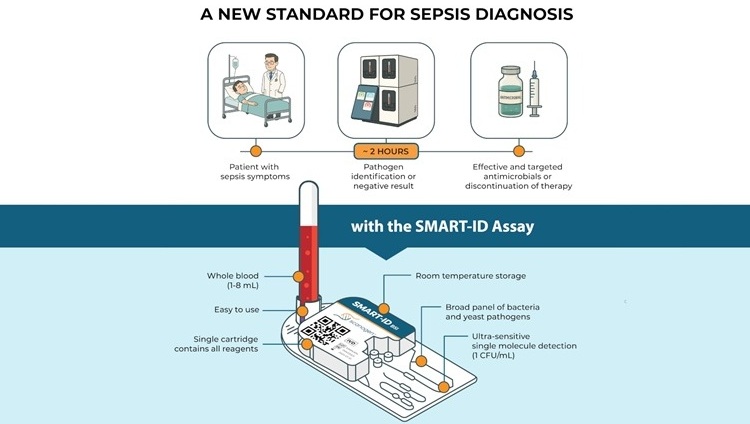World’s First GFAP Lateral Flow Test Demonstrates Potential for Rapid TBI Diagnosis
Posted on 19 Aug 2025
Traumatic Brain Injury (TBI) affects millions of people globally each year, ranging from mild concussions to severe neurological trauma. Accurate and timely diagnosis is critical, as delays can lead to poor outcomes and long-term disability. Traditionally, Glial Fibrillary Acidic Protein (GFAP), a biomarker of brain injury, has only been measurable using complex laboratory assays or bulky point-of-care systems that are not ideal for emergency settings. Now, a landmark study has demonstrated the development and successful clinical application of the world’s first lateral flow test for measuring GFAP, paving the way for rapid and accurate TBI diagnosis.
The novel GFAP lateral flow device developed by Upfront Diagnostics (Cambridge, UK), in collaboration with global partners, measures GFAP, a protein released into the bloodstream following brain injury that has emerged as a key biomarker for TBI. This handheld diagnostic tool is designed for emergency use and enables healthcare professionals to detect brain injury biomarkers at the point of care.

By translating the principles of traditional lateral flow tests into a format optimized for neurological biomarkers, the device allows GFAP levels to be measured in minutes. This innovation provides the same speed and simplicity as a rapid diagnostic test but with the sensitivity required to aid in life-saving decisions. The landmark study, published in Cellular and Molecular Neurobiology, has reported the successful clinical application of the device. Researchers confirmed its unprecedented speed and accuracy in diagnosing TBI at the bedside. Validation across diverse clinical settings demonstrated that the test could reliably identify patients with brain injury, making it the first proven rapid lateral flow test for GFAP measurement.
The potential applications of this device extend well beyond research. Clinicians will be able to reduce unnecessary CT scans, streamline triage protocols, and accelerate care delivery in emergency departments. By providing reliable results quickly, the test could shorten the time to intervention and significantly improve patient outcomes. Upfront Diagnostics plans to advance this technology further, ensuring that it reaches frontline clinicians globally.
“We are incredibly proud to introduce the first rapid lateral flow GFAP test in history—this is a true game-changer for TBI diagnosis. By enabling fast and reliable GFAP measurement at the point of care, we can empower healthcare professionals to make more informed decisions—potentially saving lives and reducing the long-term consequences of brain injury,” said Dr. Joshua Bernstock, Chief Medical Officer at Upfront Diagnostics.
Related Links:
Upfront Diagnostics














